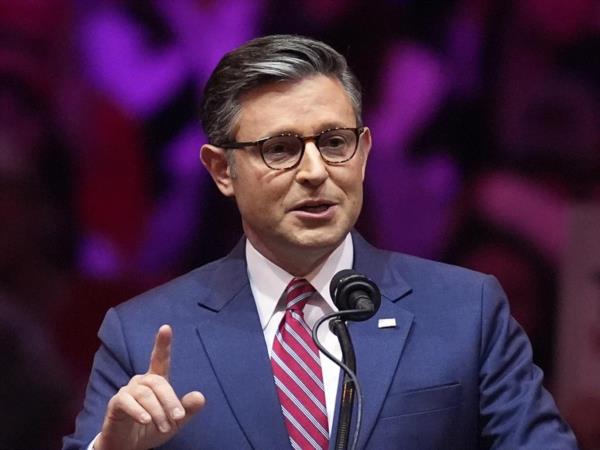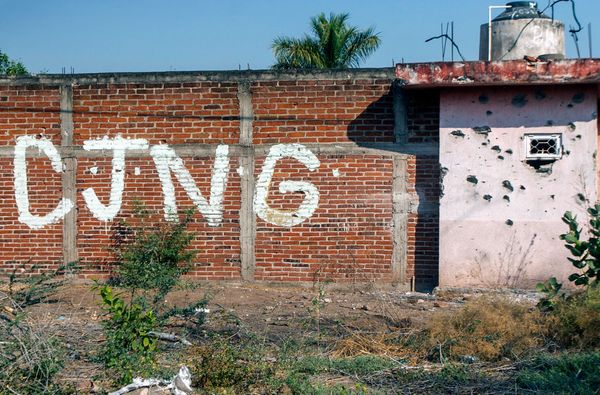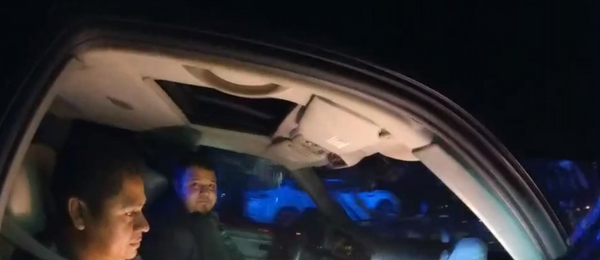
House Speaker Mike Johnson's proposal to include Department of Government Efficiency (DOGE) cuts in government funding has faced skepticism from top House appropriators on both sides of the aisle. With the looming government shutdown deadline on March 14, discussions are heating up about the feasibility of incorporating carveouts and adjustments aligned with DOGE cuts.
House Appropriations chair Tom Cole, a Republican from Oklahoma, expressed reservations about the timeline, stating that there might not be enough time to implement such changes before the deadline. Cole emphasized the need for bipartisan cooperation, particularly in light of the Senate's role in passing funding legislation.
Cole specifically highlighted the challenges of introducing United States Agency for International Development (USAID) cuts without bipartisan support, cautioning against playing partisan games. He also mentioned the complexity of incorporating anomalies into short-term spending bills, which can involve adjustments to current funding levels.



On the Democratic side, Rep. Rosa DeLauro, the top Democrat on the House Appropriations Committee, appeared dismissive of Johnson's proposal, expressing frustration with the constant stream of new ideas. As the deadline approaches, Johnson acknowledged the possibility of a yearlong resolution maintaining current spending levels, with carveouts and adjustments reflecting DOGE cuts, including those affecting USAID.
Johnson highlighted the potential for anomalies in a continuing resolution (CR) to address spending changes, both increases and decreases, while ensuring that significant alterations to agencies like USAID are reflected in ongoing spending. However, such changes are likely to spark controversy and opposition from Democrats.
As Congress grapples with the complexities of government funding and DOGE cuts, the path forward remains uncertain as the deadline draws near.







